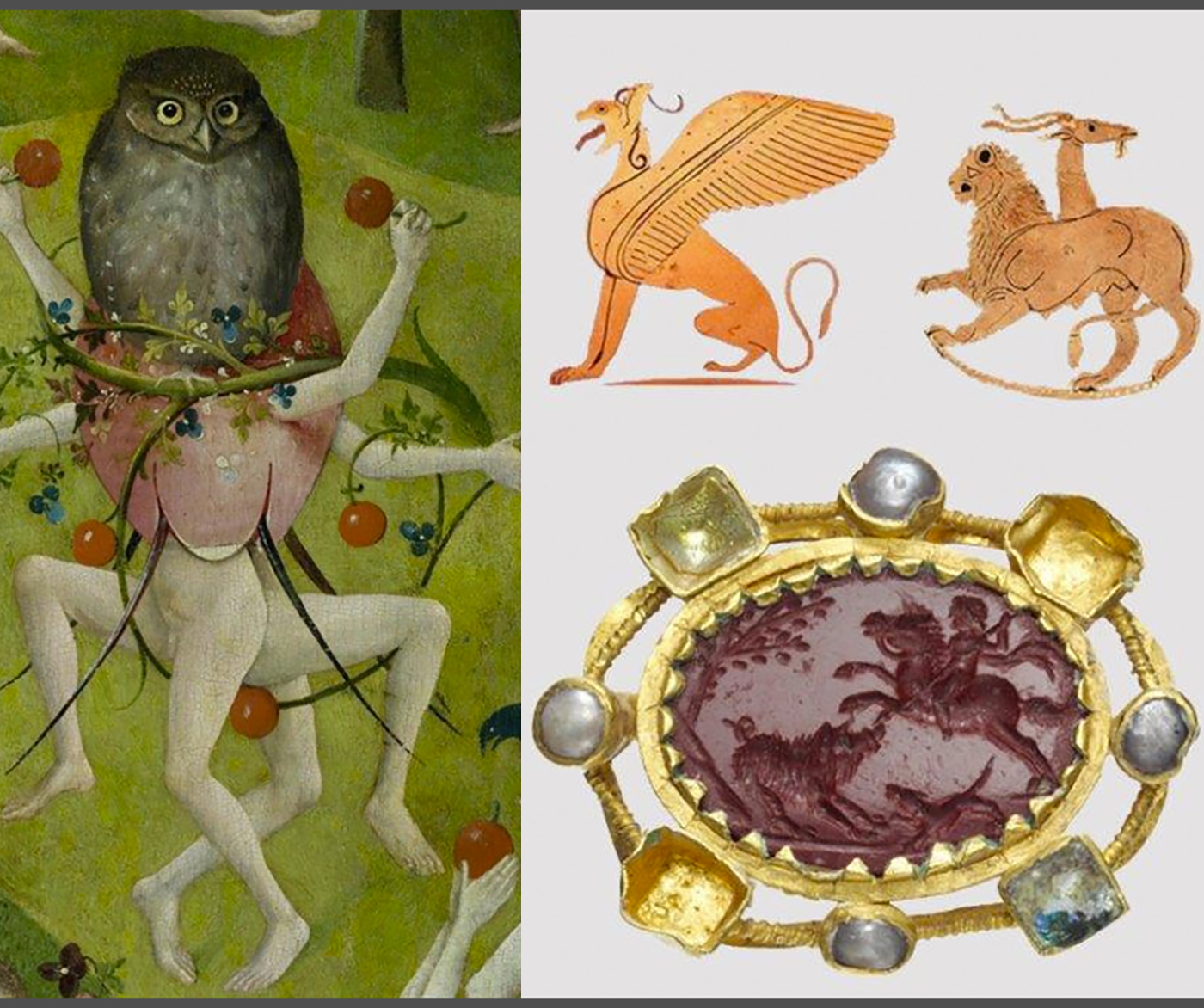Animals are immensely common in the composition of a family crest, often forming the focal point of the design and the chosen symbol for a signet ring. Many of our designs are based on the natural world, with majestic birds, powerful beasts and mythological curiosities adorning our rings. We explored some of the symbolism behind the creatures and critters often found on our classic jewellery.
Birds
Birds throughout history have taken on many different meanings. From the soaring dove of the Bible to the superstitious counting of magpies, our feathered friends have been attributed both positive and negative connotations within culture and literature – but what does the presence of birds in family crests imply?
Birds, as a general rule are said to represent peace, family bonds and tranquillity. Individual birds have different connotations. For example, eagles symbolise a decisive nature when important matters are concerned, as well as intelligence, comprehension and a quick mind.
While many people would assume the contrary, crows in fact have positive symbolism, as they represent permanent settlement and a peaceful, quiet life. Ducks on the other hand aren’t so morally pure. Ducks have been perceived as being deceptive, but also resourceful. This inventive nature is expressed in the many ways ducks can be depicted – flying, swimming, walking and diving.
As we’re taught in our early years, the dove is tied to the Christian concept of the soul and
Holy Spirit, therefore hope, peace and tranquillity. The swan, another white bird, is too a symbol of light and grace. Swans throughout history have been closely tied to music and poetry, becoming symbols of harmony and learning.
Beasts
Larger mammals are also commonly found within a family crest. Bigger and more aggressive animals traditionally have masculine connotations. Although, much of the symbolism of bears, for example, draws similarities with the feminine ideals of motherhood, as bears represent cunning and power in the protection of one’s relatives and young.
The meaning of the wolf has two conflicting schools of thought. One argues that the arctic hounds are representative of valour and courage, while others believe wolves to be calculating, cruel and without mercy. It seems the cruelty of wolves has evaporated through its descendants, as dogs are symbolic of courage, loyalty and protection.
The horse takes on regal connotations, as servants of King and country. Equine depictions can also be symbolic of speed, masculinity and preparedness.
Even the humble beaver has optimistic connotations of determination, tenacity and industry (those dams don’t build themselves).
The animals of myth
Let us not forget the creatures of ancient mythology. Greek and Roman myths are full of incredible and imaginative beasts, each with their own unique symbolism.
The half-man half-horse Centaur represents an aptitude in combat, while the multi-headed Hydra represents the besting of a powerful enemy, just as Hercules dispatches the seven headed serpent during his trials.
The griffin, composed of the head and wings of an eagle with the body of a lion, combines the qualities of both animals, representing valour, pride, vigilance and incredible bravery.
The phoenix is, of course, a symbol of resurrection. While the winged horse of Pegasus represents poetic and creative inspiration. The ever popular unicorn is a symbol of extreme courage, a virtuous nature and otherworldly power.
Discover your family crest
If you’re curious as which animals or mythological beasts feature within your family crest, why not try out our Crest and Monogram search

